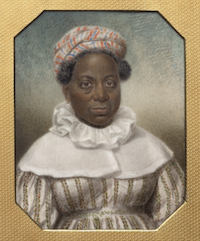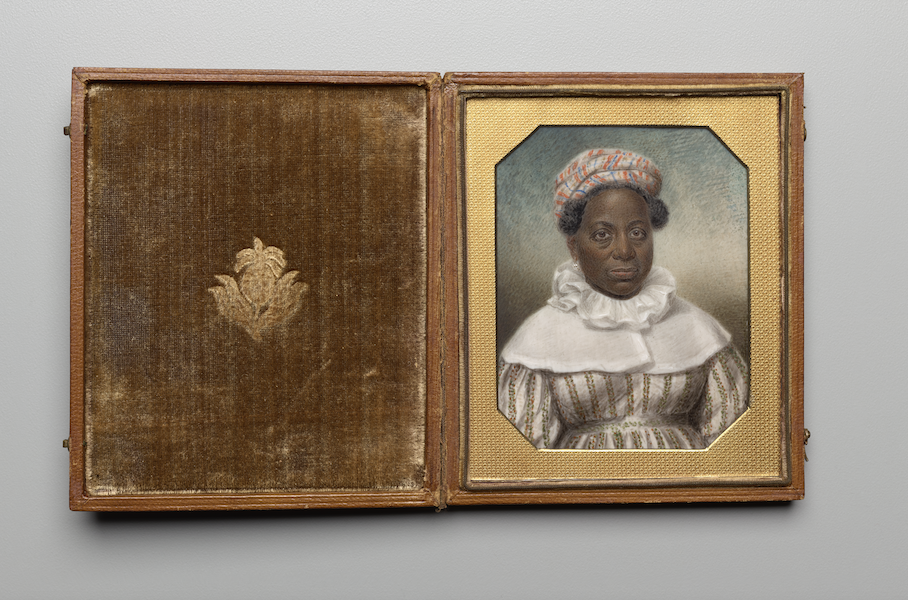
NEW HAVEN, Conn. — The Yale University Art Gallery will present Mickalene Thomas / Portrait of an Unlikely Space from September 8 through January 7, 2024. Co-organized by the renowned artist Mickalene Thomas (b. 1971-, M.F.A. 2002) and Keely Orgeman, the gallery’s Seymour H. Knox, Jr., associate curator of Modern and Contemporary Art, the project is the first historical-contemporary exhibition of its kind, bringing together a group of small-scale portraits — from miniatures and daguerreotypes to silhouettes on paper and engravings in books — of African American women, men, and children from the pre-Emancipation era. These are placed alongside works in a wide range of media by contemporary artists, including Thomas, who are engaged with similarly intimate subject matter.
Thomas has gained an international reputation for her paintings and photographs of Black women posed in lushly decorated domestic interiors, as well as for her installations that literally enfold viewers in such environments. In Mickalene Thomas / Portrait of an Unlikely Space, objects from the 18th to 21st century are situated within a multigallery, living room–style installation that Thomas has created specifically for Yale’s special-exhibition galleries. These domestic spaces feature large photocollages and wallpaper as well as upholstered furniture with period-specific textile patterns drawn from clothing and quilts handsewn by Black women.
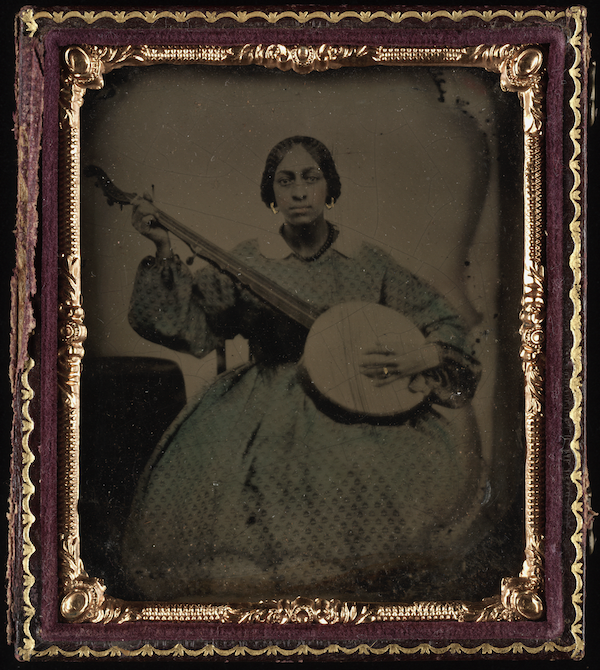
This groundbreaking project — the first of Thomas’s installations for which she has imagined a pre-20th-century interior — was inspired by the gallery’s 2016 acquisition of a remarkable miniature depicting a formerly enslaved woman named Rose Prentice (1771–1852). The eminent miniaturist Sarah Goodridge painted Prentice’s likeness in 1837 or 1838 while both women were living in Boston. For Orgeman and Thomas, Prentice’s personal tribulations of enslavement, her decades-long labor as a domestic worker in white households, and the commission and ownership of her portrait by white patrons offer possible points of connection with the individuals pictured in the other historical objects on display.
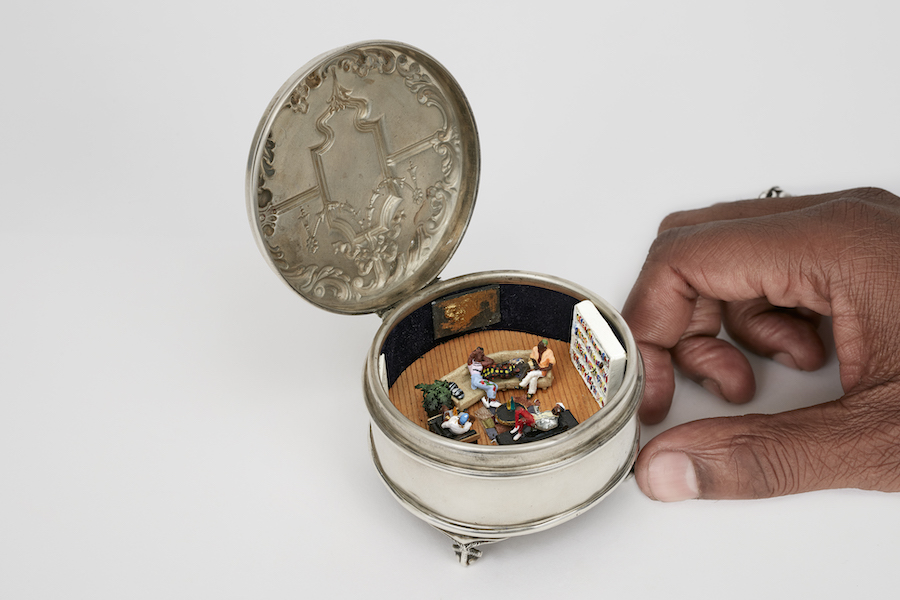
As Thomas writes in the exhibition catalog, which will be released in October and features photographs of the installation, “The meanings of Prentice’s portrait unfold the longer you sit with it, and that’s the kind of engagement that I hope to facilitate with the other works [in the exhibition], too, by enveloping [visitors] within the transformed galleries where [they] will want to linger.” She continues, “I created my previous domestic settings primarily for fellow Black women — my ‘muses’ — to spend time and have new experiences in familiar surroundings, perhaps resembling their mothers’ or grandmothers’ living rooms. The interiors I have constructed for this exhibition address the same group but of an entirely different generation, those who came of age before slavery was fully abolished in the United States. The sitters [in the historical works] are my muses here. I dedicate this space to them.”
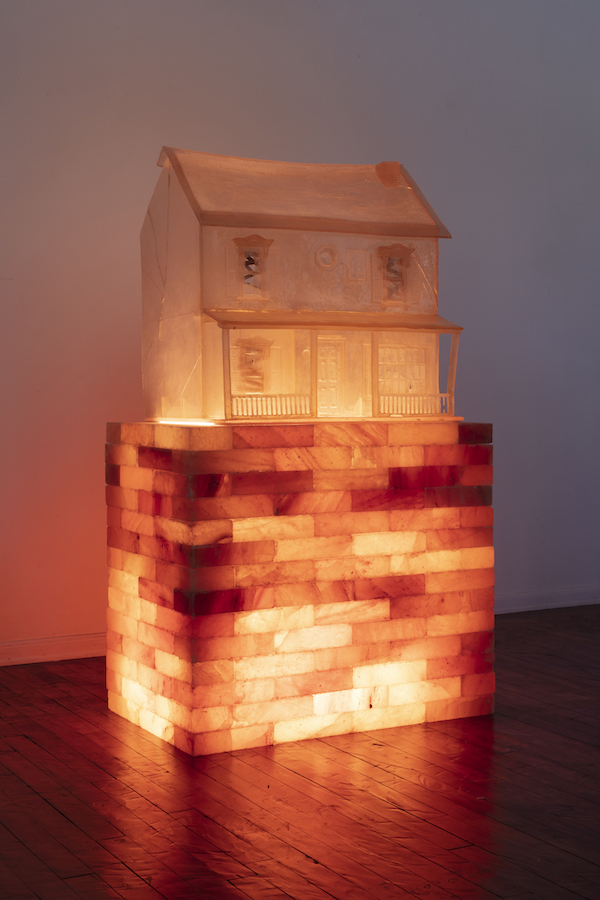
The contemporary artworks selected by Orgeman and Thomas for the exhibition — paintings, photographs, sculpture, and video by Mary Enoch Elizabeth Baxter, Sula Bermudez-Silverman, Lebohang Kganye, Wardell Milan, Adia Millett, Devin N. Morris, Betye Saar and Curtis Talwst Santiago, as well as three Polaroid photographs by Thomas from her 2011 Courbet series — draw parallels between personal and collective histories from both the pre-Emancipation era and the present day. In their work, each of these artists references conditions specific to domesticity, family, interiority, intimacy and ownership that existed under slavery and continue to affect Black lives, not just in the United States but in communities worldwide.
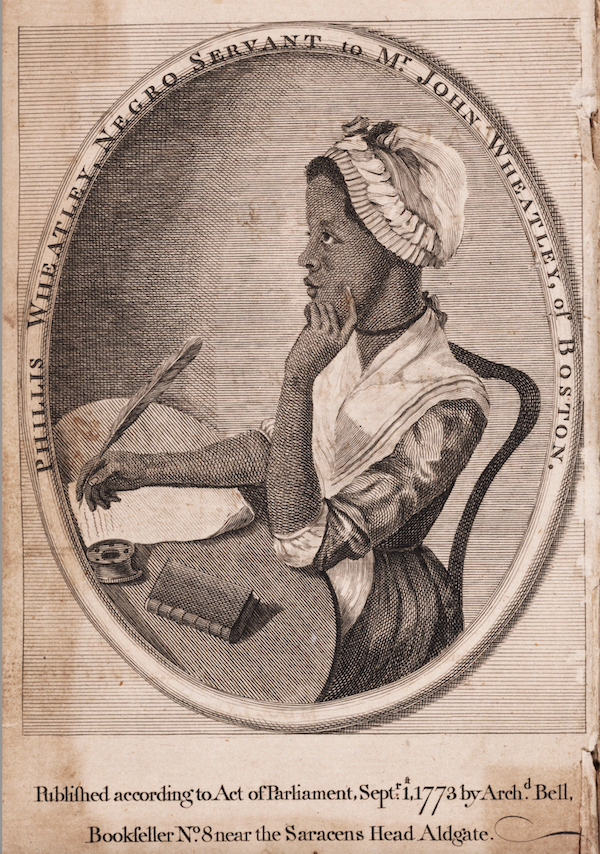
When Orgeman first approached Thomas with the idea of taking the Prentice miniature as a jumping-off point for a show, “Mickalene not only agreed to discuss the miniature . . . with me,” she writes in the catalog, “but also expressed a willingness to collaborate from the start. She visited Yale to see the portrait . . . at which point our partnership as cocurators began in earnest. Ever since, our thinking has been in sync on multiple fronts, from the careful selection of the historical and contemporary artworks to the imaginative display and interpretation of them, and our decisions have been motivated by an unspoken yet clear mission to highlight, by the most compelling means possible, the stories of those included in the exhibition, whether as subjects or artists.” With its evocative installation designed by Thomas, the exhibition aims to create an experience of communal belonging for the individuals depicted in the historical objects, the artists whose work is represented in the show, and the visitors engaging with both the past and the present.
The co-curators, along with partners in the Yale and New Haven communities, have developed several engaging programs that will take place during the run of the exhibition, beginning with an opening reception on Friday, September 8, which will feature a special performance by the student a cappella group Shades of Yale.
Visit the website of the Yale University Art Gallery and see its dedicated page for Mickalene Thomas / Portrait of an Unlikely Space.


